THE GAP by Ira Glass from Daniel Sax on Vimeo.
0 Comments
https://en.wikipedia.org/wiki/Nocturne_in_Black_and_Gold_%E2%80%93_The_Falling_Rocket
“Gods always behave like the people who make them” Zora Neale Hurston I stumbled upon this quote while fretting over MFA decisions, I am currently stumbling around like an early nineties technophile who is obsessed with the idea of electronic mail and has to check it every few minutes, just in case it happens, that there's been contact from the outside world since I last logged in moments ago. Maybe more like a marooned shipwreck victim that is awaiting a message from anyone at this point, the problem being that all the bottles that wash ashore are letting me know how to meet singles in my area. As I check my email and the graduate forum to see who has been plucked from the wandering masses to be given that sweet, sweet relief from anxiety, I form a sort of jealous hatred for that lucky soul who has escaped from the ranks of those awaiting responses to their program. And I wait seemingly forgotten about. I scrambled to make that quote stick in my brain. Trying to get it into that grey gelatinous mass that has turned even more transparent and jelly like in the past weeks due to the stress and anxiety of my looming life decisions. When Something magical happened, a moment of clarity erased all the worry, completely dismantling my self created and self imposed mental defense system, not even like chink in my minds armor, a complete and total disintegration of the walls I have put up named anxiety and despair suddenly came crashing down, and although my spirit animal is not David Hasslehoff he might as well have been singing from on top of the remains. I think we worry (I do) about the artists we think we need to be in order to be successful, even on a more basic level, we think ourselves out of becoming good artists or creating meaningful art because we have these limitations that we have put on ourselves, limitations that if we can just muscle our way through will PROVE that we are a real artist. I think then I need to change the quote a little bit. Art always behaves like the people who make it. What I mean is if you have the mindset that art is supposed to be hard and near impossible to accomplish then it becomes that type of obstacle. I believe, truly believe that art needs to have blood sweat and tears in it to become something amazing, and I think what I can safely say is that I am completely wrong. (Not saying it won't take a long time before I can figure out how to change that, but I think I might have at least started on the path of recovery) Art sometimes is the product of those (bodily fluids? (see above)), but it also arise out of joy and out of solutions and tears (the other kind, the happy ones). Art should come from the sum of your experience, I think of Whistler telling the courts (mind you this is paraphrased like crazy) that you are not simply buying the paint on the canvas, you are buying years of toil and failure and years of success, the painting that is in front of you is a culmination of all the paintings before it, all the experiences before it. Art does not come from a narrow path you decided it had to originate from, art is found in all the ways you choose to live your life. All the paths converge and you know deep in your core of being that you have arrived at something special. All the art you create has hints and maybe even small portions of the puzzle hidden inside, it is up to us to allow ourselves to explore and discover the paths that take us to the art that we are destined to create. Creating honest art that makes us vulnerable pieces that allow us to disregard the lofty notions and stories we have heard about what a true artist is. (usually from people who do not create art, just critique it) I think you would be blown away by the amount of satisfied happy artists that you have probably never heard of, but that make amazing art. The people who dedicate their time and energy searching for the convergence of the path. You can feel it to, as the viewer, you also know the goal as well as the artist when you see it. You may not know all the details or the trials that happened in the process that allowed the artist to arrive there, that information isn't important to the viewer, but you know when you see it. You can read a little about the trial and Whistler in the link above. http://www.thisiscolossal.com/2016/02/the-tessellated-and-elaborately-detailed-ceilings-of-iranian-mosques/
Instagram photographer Mehrdad Rasoulifard (@m1rasoulifard) "Moving from a history of scarcity to a history of excess, artists had to redefine what was special." paraphrased from Victoria Finlay's "The brilliant history of Color in art." Ms Finlay was talking about the invention of modern color pigments and a stabilized production, but the statement carries so much more weight than that. In the current time of extreme excess and instantaneous gratification the concept of something special seems to be fleeting. I think we all have special moments and more often than we believe, we just are so distracted by searching for the once in a lifetime moments we forget to document and ponder about the small ones that we happen on. I think sometimes we forget how crazy amazing life is and about how many things we have that would be considered witchcraft just a couple of centuries ago.(Thank you Louis C.K) As a young(er) artist I get hung up on the fact that my art isn't hanging in the Met or that I am not showing a solo retrospective of my work in a major gallery or institution. I tend forget the magic that exists in just being able to paint. The fact that I am allowed to create images of whatever I want too, that I can putter around and make something that I love or rip something to shreds. I truly believe one of arts many reasons for existence is to remind us that we are surrounded by a world composed of special. Image by Sam Wolfe Connelly "Envy"
http://samwolfeconnelly.com/ "Martha Graham’s advice takes this concept a step further by explaining that not only are you a bad judge of your own work, it is not your job to judge your own work. It is not your place to compare it to others." http://jamesclear.com/quality-comparison I really like this quote, I was reading the article and it stood out to me as something that I should be more aware of , something that I should get better at understanding. Instead of getting hung up on all the critiques that I give myself, how I will never be able to paint like Nicolas Uribe, or that my color will never be as amazing Euan Uglow, I need to take a step back and stop the comparisons. I will never be able to accomplish what they have accomplished, for one they have already done it, but the second reason is that it is not my path in life or as an artist. I would much rather be an Allen TenBusschen than someone else, which is a lot tougher of a road to travel than you would think. I have spent the last year journaling what interests me in art, what I find beautiful in others work, things that draw me into painting, and asking myself why? about everything. Trying to figure out where I fit into the history of art, what style I am searching for, where I can look to discover new ways to help me develop my technique, and throughout this all I seem to just be an amalgamation of other peoples art, which I think might me a step in the right direction, If an idea is nothing more than a new combination of 2 old things (thanks Huntsman and Grover) then perhaps a style is a combination of different pieces and style of other artists? This quote come with a bit of baggage as well, as I start to actually go insane waiting to hear back from graduate programs and start to feel the overwhelming depression that comes along with placing too much of your personal worth on someone else's decision. Then having the crushing blow of having to open that rejection letter (which I have a stack of in a drawer, waiting to become a weirdo art project later in life) and close the door on that particular path in your imagination. I am currently struggling with this and trying to figure out what is best for me, what the next step is artistically and what is going to improve my quality of life. Isn't that what art is, a way to improve your quality of life? that might be an idea for another blog post. Images from the Jealous Curator
http://www.thejealouscurator.com/blog/2015/12/04/welcome-to-boburg/ I love this little image, I think I will print it out and place it on the wall of my little studio as a reminder that sometimes losing is a good thing. Sometimes you have to just get rid of it, just rip it to shreds, burn it, find a vat of "dip" and drop it in. I have a stack of paintings, a literal stack in the corner of my little room/studio that is just taunting me, I have a board a 24 X 36in board that has been the bane of my art existence for the last 2 1/2 years, seriously it has about 10 false starts on it and every couple of months I get a boost of courage and I think I will put something great on it, and then it punches me right in the face and I am unsure why I even tried, or on some really bad days, why I try in general. I think we as a species get a bit to tied to things. And this message is something to rally around, a battle cry to shout as we find ourselves attached to things that are doing us harm, whether it be a physical or mental harm, maybe a bad painting or a bad habit (that stops us from painting or creating). Sometimes things cannot be salvaged, somethings are worth the waste of just getting rid of it, and sometimes the destruction unlocks the potential you never saw. Just something to think about. Allen If you recognize these images you are my favorite. The story of van Meegeren is one of my favorite art crime stories and the book The Forger' Spell is such a great read. The one on the left is Han van Meegeren and the right is our hero Vermeer.
I was contacted by www.artsy.net to help them out and link an article they have done on the amazing Johannes Vermeer, so please check it out and click on the link. The more we all know about art the better perspective we get on what is happening around us. The irony being that when I spell (impostor, imposter) it tells me it is spelled wrong. But the always 100% true all the time, never wrong website wikipedia tells me I can spell it either way, so who is truly the imposter/impostor? Wikipedia Entry 1/21/2016 Impostor syndrome (also spelled imposter syndrome, also known as impostor phenomenon or fraud syndrome) Despite external evidence of their competence, those exhibiting the syndrome remain convinced that they are frauds and do not deserve the success they have achieved. Proof of success is dismissed as luck, timing, or as a result of deceiving others into thinking they are more intelligent and competent than they believe themselves to be. I struggle HARD with this. (That's what she said.) I'm extra bad at taking compliments, I feel most of the time that I am getting away with showing someone a incomplete work of art. Or I feel that because my work is not the same quality of the work I obsess over in art books I am unqualified to present my work as art. Instagram has helped me a lot, showing me that it is okay to let people into your process and show your work unfinished. I may not have received critical success but I have received my fair share of compliments and encouragement (special thank you to Nama) all along the way, but I still struggle with the idea that it is deserved. I think this might be something that I "deal" with for my whole life, which is probably a good thing in a way to keep myself grounded. BUT..... I think you should enjoy and learn to accept the compliments and cherish the good moments. Which is maybe harder than dealing with imposter syndrome. In the current art world, and in almost every aspect of our current society there is so much pressure on producing, the market is focused on quantity and quality together now, that in order to find success you need to work yourself into such a frenzy that if feels as if there is never any time to slow down and really enjoy the successes you have, no matter how small they may be. When I finish a painting I have to start another painting right away in order to absolve me of the guilt of not "working." This gets me into a vicious cycle of producing without stopping to truly think through a thought or concept before putting the brush to the canvas. Jasper Johns was a champion of that, he would stop and work out his next piece in his mind before producing it allowing the work to be fully matured before it entered reality. I don't think this is the only way, but another way to think about creating anything.I think there might be a happy medium in there somewhere. Painting by Johannes Vermeer
I was contacted by www.artsy.net to help them out and link an article they have done on the amazing Johannes Vermeer, so please check it out and click on the link. Check out the beautiful website and stay while and enjoy the information! I was recently reading an article about the modern art movement, which sounds like I was catching up on the latest art news in the world, but what I'm actually reading is an article on art from the 1890's. In the article a statement is made comparing the thinking of the 1890's to our present art predicament, asking if we have lost "the belief that there was plenty to explore." This expression stunned me, I sat for a moment slack jawed and in awe. Like a switch clicking in your mind, I imagine it might be like the last turn on a rubik's cube if I had ever made it that far. Maybe it's like watching an old movie for the first time and seeing the origin of your favorite catchphrase, or reading a classic novel and seeing something of your persona coming from nearly a century before. Connecting to something you never new existed, All during contemporary art school, the halls ring "NOTHING IS NEW!" Every corner we turn there is someone waiting to tell us our creation is a remnant of this or that. That our work is merely an imitation of so and so, and how our creation is always lesser than the original. This happens and our momentum stalls out, our train of thought derails and we become obsessed with discovering our own style so we never are put in that situation again. Instead of getting labeled as "so and so who is trying to be so and so" we push aside any new ideas we come across (they might not be new ideas to the art community but to us, the searchers, they are gold) and worry about making sure we only display originality. This hurts us so much, i spent so much time trying not to look like someone else that it made me not produce work, period. I became obsessed with personal style that I stopped exploring styles or ideas that interested me, instead trying to find things that would make me unique. This is something I still struggle with, this weird hang up with my own voice, as if somehow people cannot see my style peek through my work anyway. Your worst critic is always going to be yourself, so get another set of eyes on your work. Have some one walk through your studio, make sure someone proofreads your writing, let someone listen to your music, you are a terribly biased judge, but a fresh set of ideas and opinions are waiting in the company you keep. Let your friends show you your personal style if you are having trouble finding it. It takes many years to discover your own voice, not that it wasn't there all a long, just that in order to truly hear it, you had to learn to read and understand music. Painting by David L. Jones
"Gentlemen – It is always pleasant to be right, but it is generally a much more useful thing to be wrong," William Gowers This quote is a response to Sir Arthur Conan Doyle's detective Sherlock Holmes whose many failures are used throughout the book to illustrate their use in eliminating theories or conflicting ideas and in some cases solving the mysteries. Sherlock sees the immense value of failures as the end to a path or train of thought. If your idea does fail, how gratifying is it that the trail is over? You no longer have to work on that problem, its found it's resolution. When a failure happens you have also discovered something that doesn't work in this situation, which means you are now free to explore the next course of action, the next idea, the next work of art. The failure also provides you with a context (it might be a small context but there is always one) or some ideas on how not to let the same mistake occur again, which is not only time saving, it is life saving (especially in the arts). I think this message was only truly learned after taking David Jones' expressive mark making course. The mistakes we make in art are rabbit holes we can travel down with the expressed purpose of discovering our personal voices and styles. When you start allowing "mistakes" in your work, you are opening up a dialogue between the piece and your train of thought. You are allowed the ability to respond to what initially may have been a mistake, creating an interaction that grows into a visual conversation in a work of art. With this comes the knowledge of understanding which mistakes can be transformed into successes, as some mistakes are still mistakes, but we can still learn from them. I think if you are making mistakes then you are entirely in the right mindset, the ability to make mistakes means you are experimenting and exploring your art. Artists that do not make mistakes are not stretching themselves enough, they are still stuck in the confines of someone elses rules. Neil Gaiman makes this point in his "Make Good Art" speech, that it becomes much easier to break the rules, if you are unaware of their existence. I know a lot of times my hand stalls or I falter in my work because I am afraid of some preconceived notion or rule that I think I might break (most of the time they are of my own invention). Sometimes having a drawing or painting or anything fail frees you to have fun, or take out your frustration (A LOT OF FRUSTRATION some times) on the piece, and in those moments you can create a truly beautiful representation of a moment in time. I have those moments peppered throughout many of my sketchbooks, that deep dark pen mark that almost scratches through the paper you are pressing to hard on it to remove any evidence of the failure beneath. When you press so hard it creates a texture on the next page and basically makes the next page unusable. What I am after is to remind you to become a detective in your work, to recognize your mistakes and learn from them. Figure out when they end and discern the elements that lead you to failure and the elements that you can take from the mistakes. Observe the shortcoming and solve the issue! Here is a link to the article that sparked this. http://www.bbc.com/future/story/20160107-what-sherlock-holmes-tells-us-about-the-mind This is one of those questions that quite regularly enter into my thoughts, every time a sketch fails, or a painting falls apart. Which happens more than I would like to admit, but lets just say that if I was in school and the amount was put into a grade percentage, I would have been forcefully removed from the campus.
I started a notebook at the beginning of the year, and like many of my projects its less full or done that I wished it would be. I have however filled a lot of the pages with questions I've asked myself and answers that at this point and time make sense of things to me. As with hopefully all opinions that develop and change, or solidify into something stronger, hopefully with some ability to be malleable. Here we go. I am interested in portraiture, but not because it shows a correct representation or a human being. The countless untold things that permeate through the painting, things that are either conscious or unconscionably revealed by the artist, the sitter; or even perhaps the viewer. A good portrait doesn't just give you a likeness, it shows you something human. A trait, maybe genetic or emotional that connects the people involved in the work, sometimes a portrait can connect with the entire human race, if we are 99% similar, how do you portray that? How can a painting of someone from a different time, a different position, a different place, someone with no resemblance to you in any way evoke the same feelings in you, or even a population? Sometimes I feel jealous or upset, that a painting can be expressing the same feelings I have, or maybe I'm just upset that I'm not the individual snowflake I always thought I was. Which in actuality is quite amazing to have a painting merit that deep of a response. I want to paint to find that, to create that in the work, I am still searching for that golden nugget of truth, that when viewed cuts through whatever baggage or emotions you are bringing to the work, and allows you to connect personally with a piece of art. I want a painting that when you hang it in your home, it doesn't simply match your decor, or bring the room together (I wouldn't mind being able to do that either!) I want you to stop every time you walk by and experience the piece, just taking that extra couple of seconds in your day to stop and reflect on the piece. The piece above has always made me stop and reflect, I have it saved on my iPad and whenever I scroll through the images looking for something I find myself stopping to look at this piece. I can't help but emote with the piece, I know that feeling intimately, I have spent many afternoons sitting and contemplating while the sun sets. The beauty also rests in the textures of this painting, the way Mr. Kelley has captured the feel of that chair, how you know, deep down, that if you just brushed your hand against it you would feel that texture and stare in wonder how the fibers remembered your brush. The out of place value left from your touch, maybe you will think of the times when you were younger and that chair became a canvas for you with your hands becoming the paintbrush. I can actually put myself in that chair and feel the warmth of the setting sun on my face, and remember the thoughts as they race through my head and the almost sadness that arises from spending too much time in thought, that somehow someone placed in my mind that it was a waste of time. I love painting so much, and I love work like this that takes me to a whole new place. I don't personally feel that I have accomplished this yet in my work, but I am satisfied at the moment knowing that it is a goal not too far off. Allen This makes me supremely happy seeing them all on one page like this. These are the bars and standards that I am trying to reach, I am not looking to recreate their glory, but to find my own style and explore the art field with their knowledge and skill as a guide. I turn to these artists when I am in a slump, or need inspiration or simply need a recharge. You can find so much of what I enjoy in art in this page, as I put the finishing touches on my artist statement for another round of graduate school applications, its nice to be able to stop and enjoy what my perfect museum would look like. There are many more, but at this point in my life and career these are the ones that pop into my head.
Images in Order.
|
Archives
May 2016
AuthorAllen TenBusschen has thoughts every now and again and wants to share them with you. |
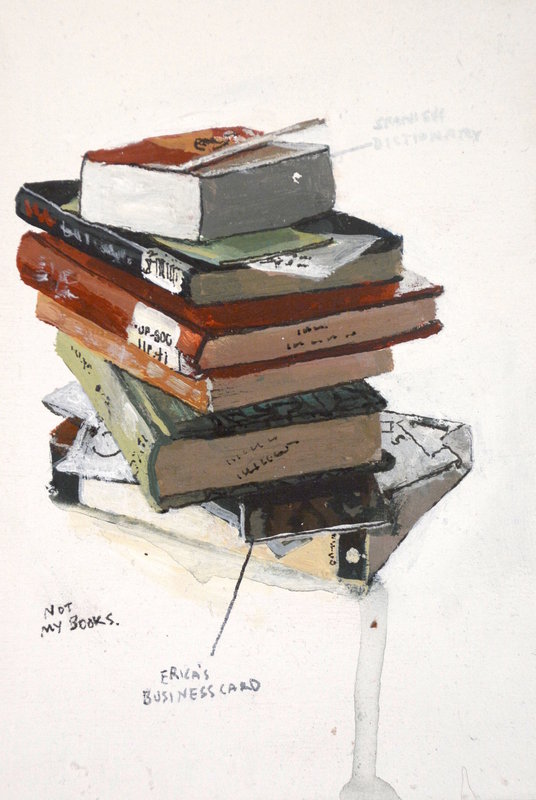
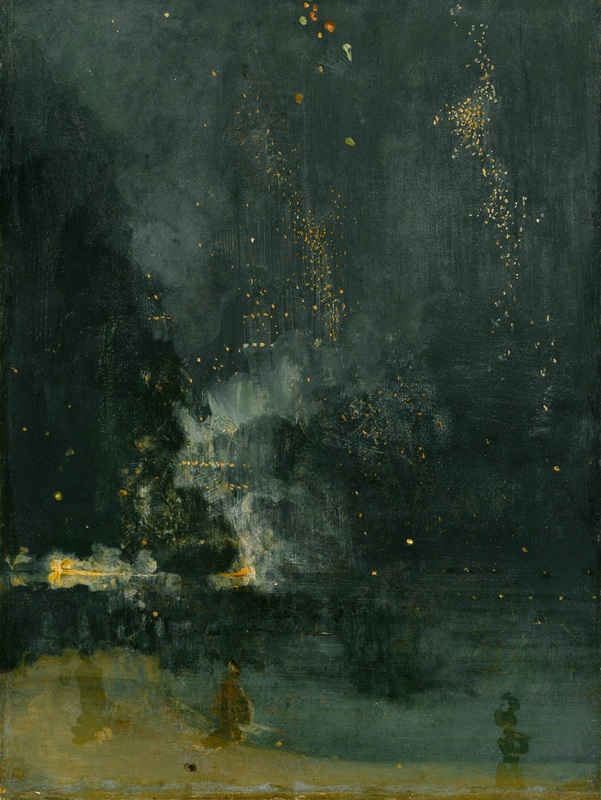
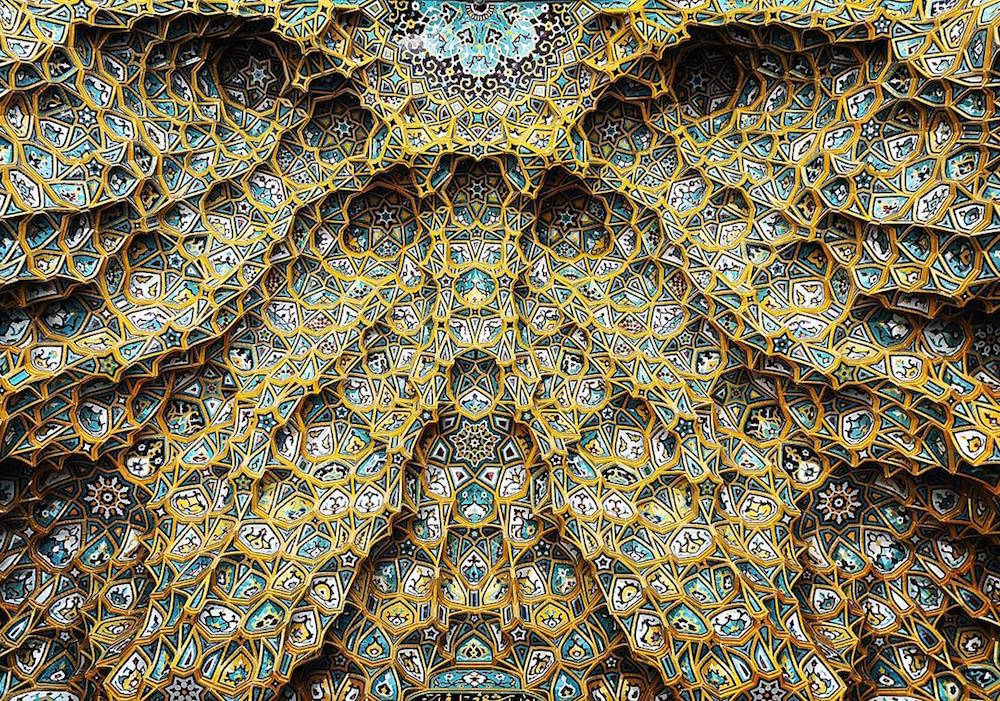
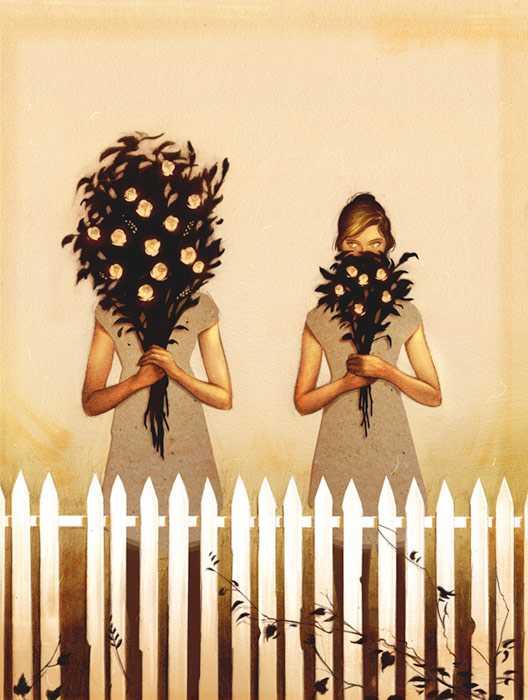
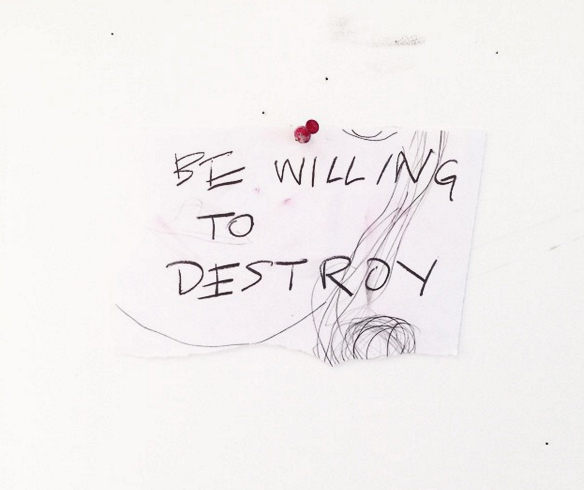
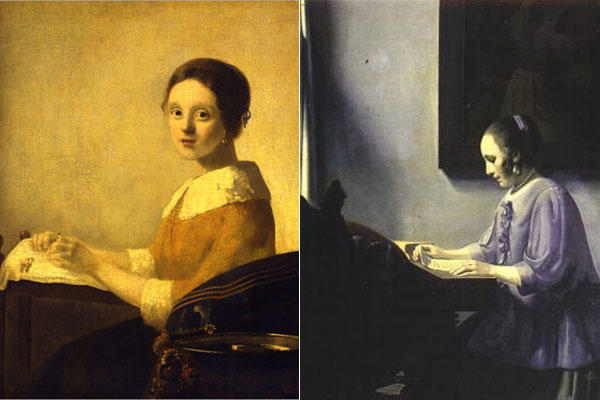
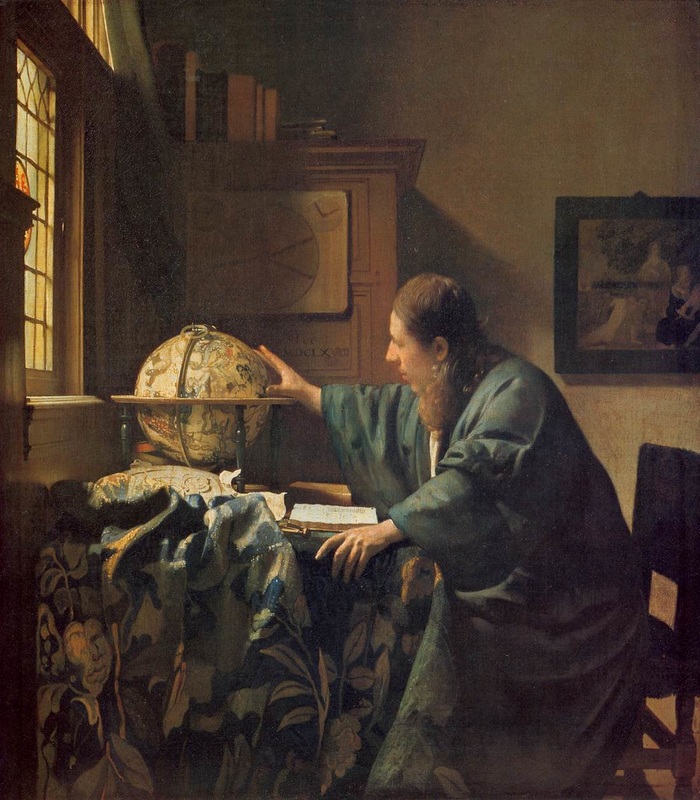
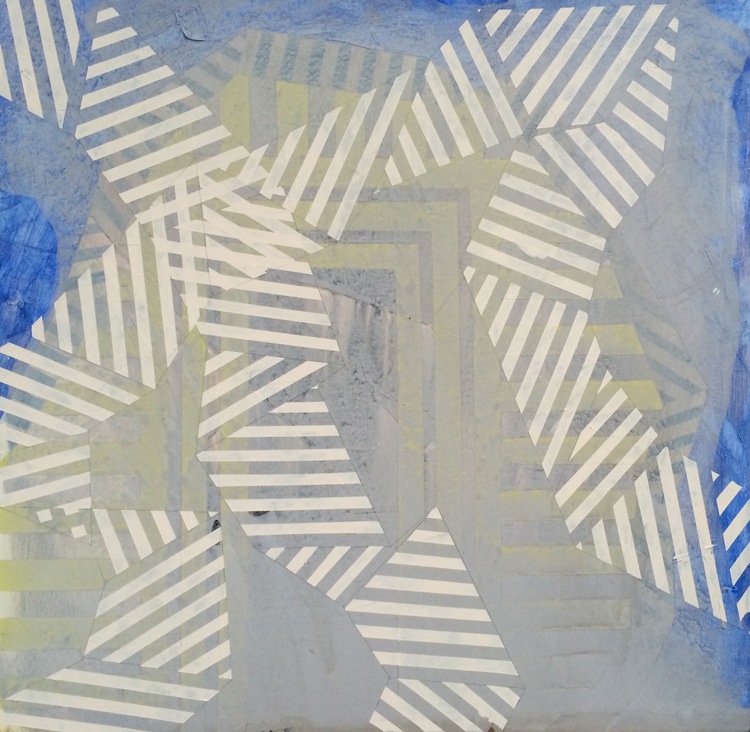
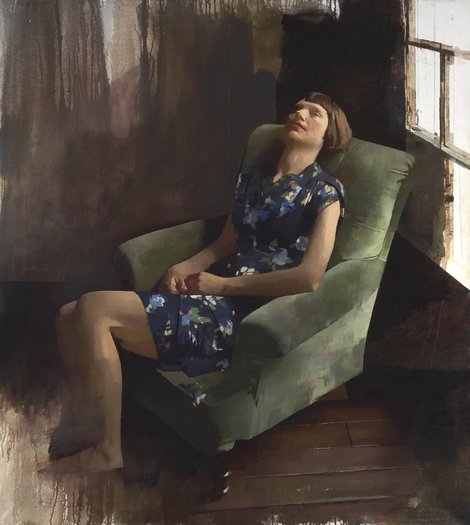
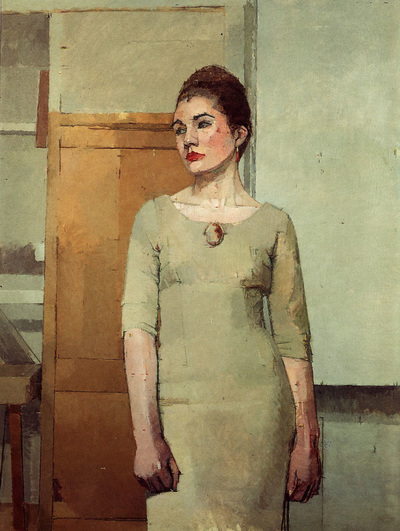
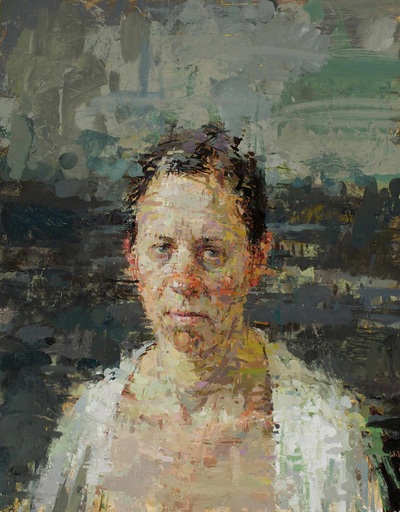
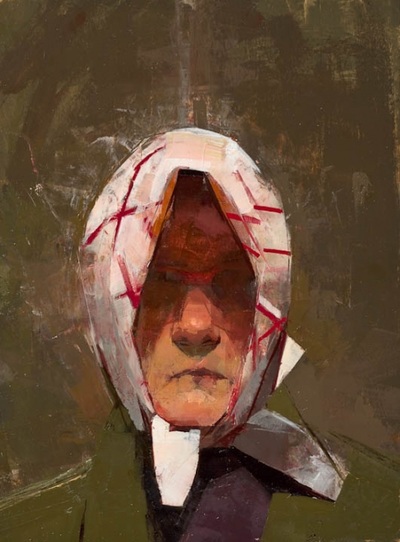
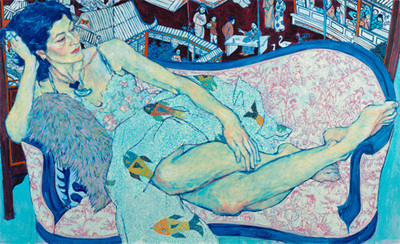
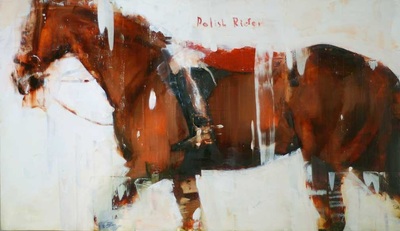
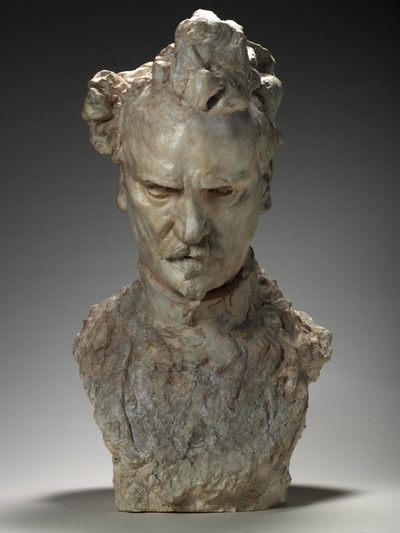
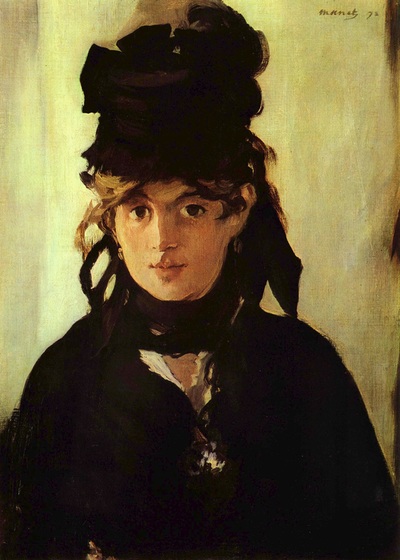
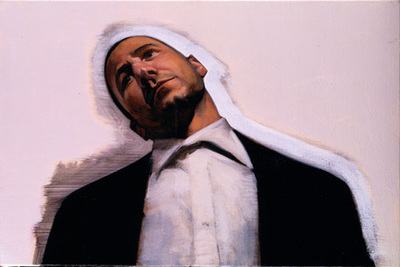
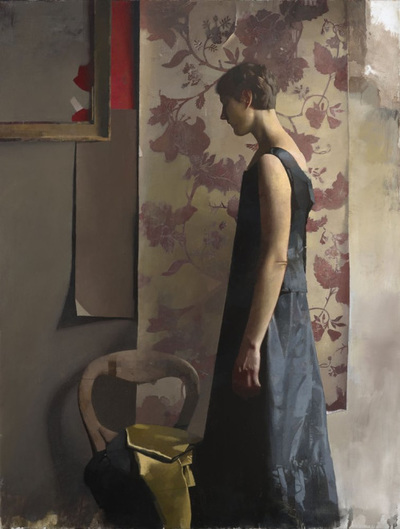
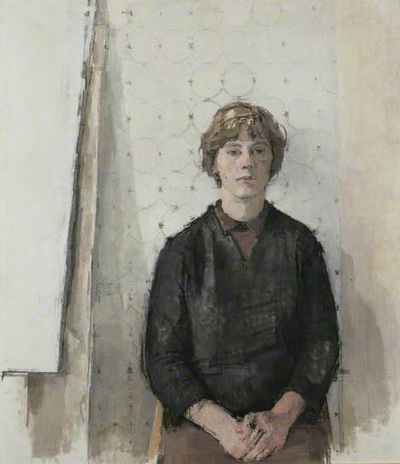
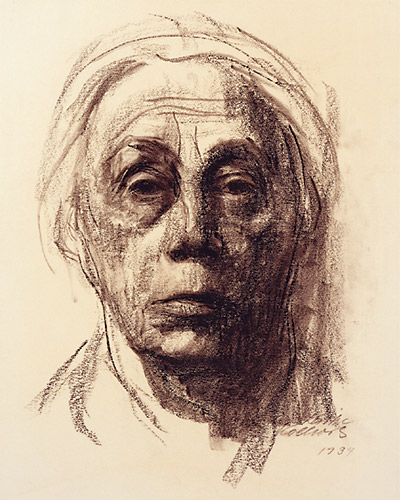
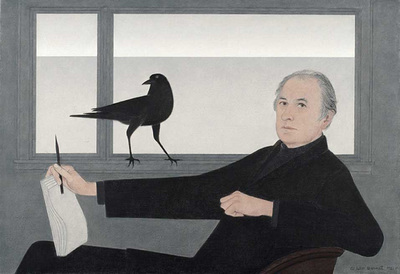
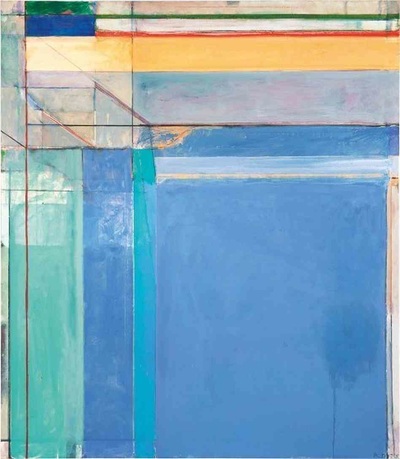
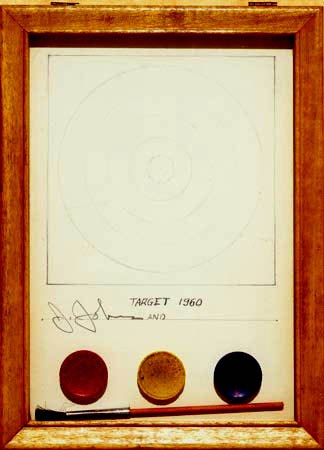
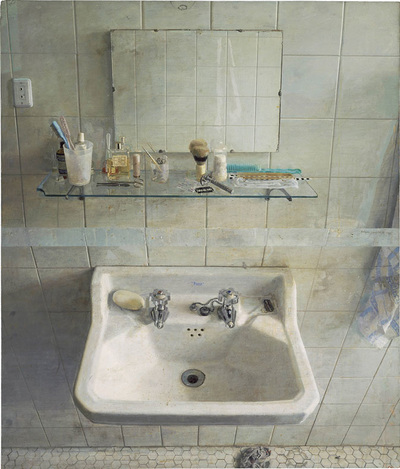
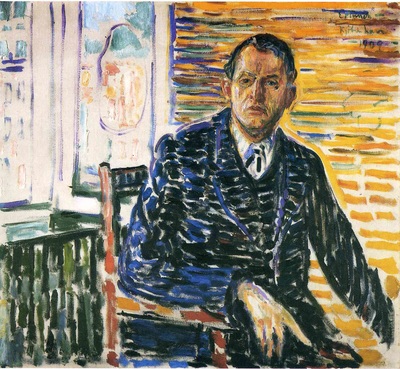
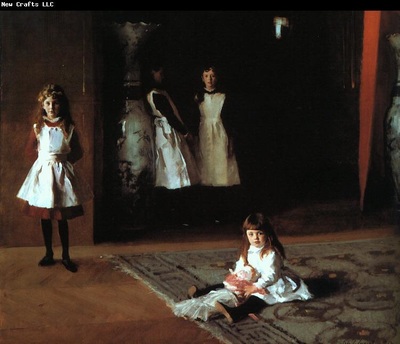
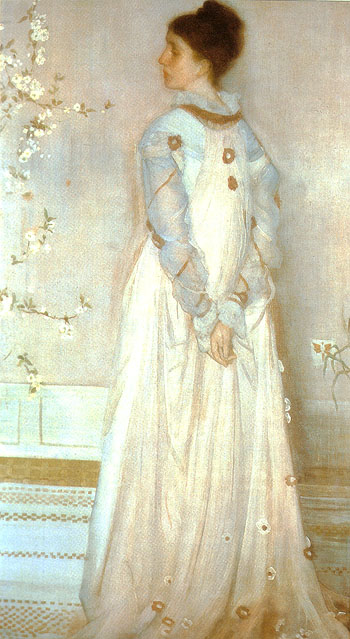
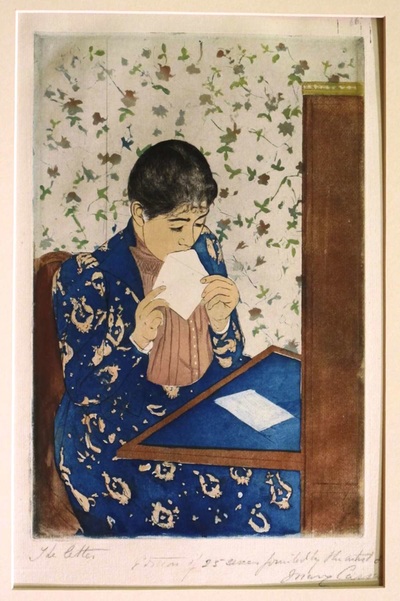
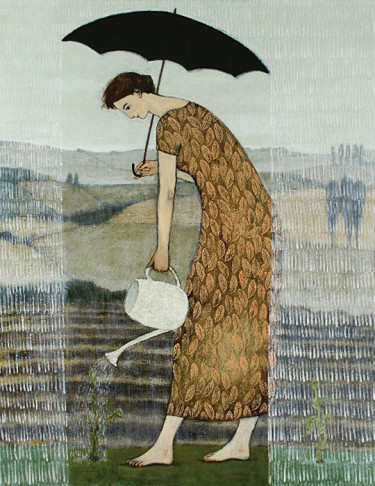
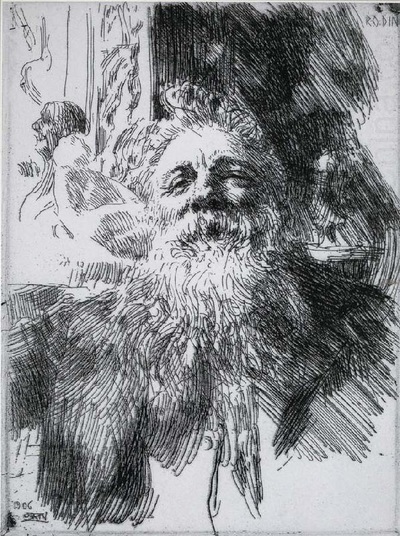
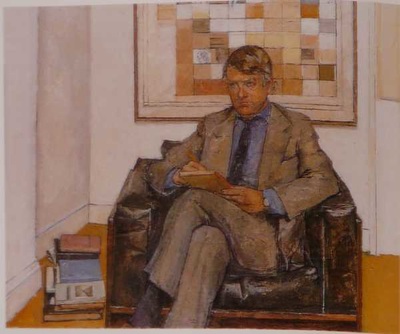
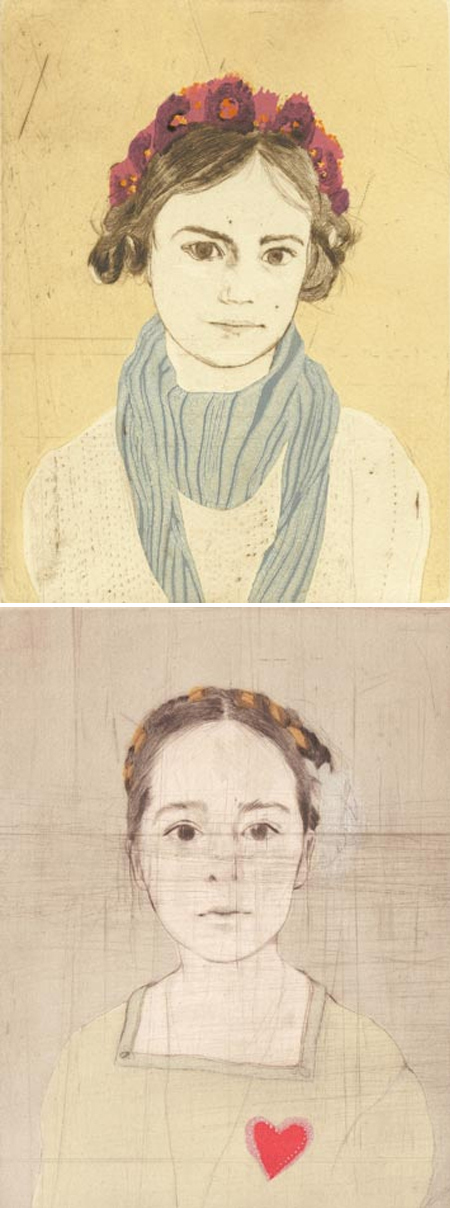
 RSS Feed
RSS Feed